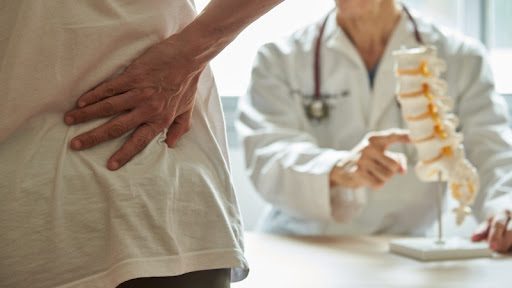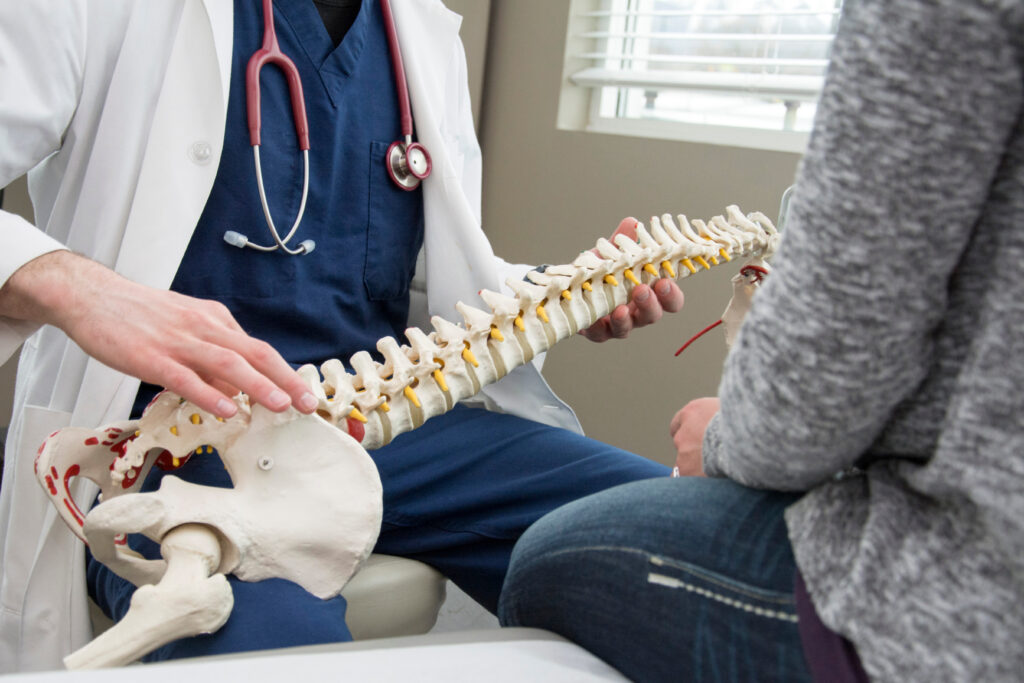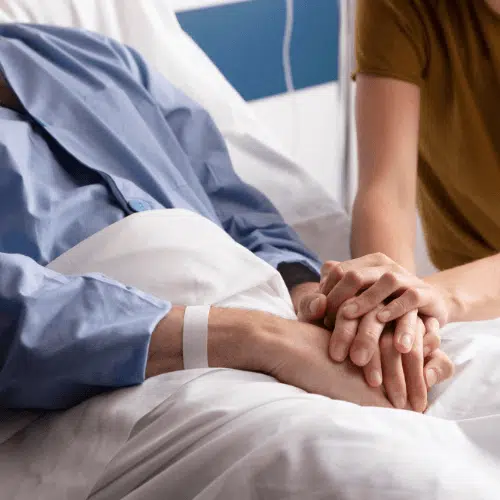Exactly How Insurance Functions with the Best Spine Surgeons in St Louis MO
Exactly How Insurance Functions with the Best Spine Surgeons in St Louis MO
Blog Article
A Summary of Back Conditions That Typically Cause Surgical Treatments
Back problems such as herniated discs, spine stenosis, and degenerative disc disease frequently require surgical interventions when conservative treatments stop working to ease consistent signs and symptoms. These conditions not only bring about considerable discomfort yet can likewise badly impair everyday performance and general top quality of life. Recognizing the subtleties of each problem and the equivalent surgical options, such as discectomy or spine fusion, is vital for effective management. As we discover these conditions better, it comes to be obvious that the decision-making procedure surrounding surgical therapy is multifaceted and warrants cautious factor to consider.
Herniated Discs
Although numerous individuals with herniated discs may locate alleviation with traditional treatments, surgery ends up being an essential factor to consider when signs linger or worsen - best spine surgeons in st louis mo. A herniated disc takes place when the soft internal gel of a spinal disc extends via its external layer, possibly pressing nearby nerves and leading to discomfort, feeling numb, or weak point in the extremities
Conventional management usually includes physical treatment, discomfort medicines, and corticosteroid shots, which intend to minimize swelling and boost feature. However, in cases where these techniques fall short to reduce incapacitating signs, surgical options may be discovered.
The most typical medical procedure for herniated discs is a discectomy, which includes the removal of the herniated section of the disc to alleviate stress on the impacted nerve root. In a lot more serious instances, spinal combination may be essential to support the affected vertebrae.
Clients are advised to discuss the potential risks and benefits of surgical treatment with their doctor to make a notified decision. Ultimately, the goal of any kind of medical treatment is to restore feature, reduce pain, and boost overall lifestyle for individuals struggling with herniated discs.
Spinal Stenosis
Spinal stenosis happens when the rooms within the spine slim, causing enhanced stress on the spinal cord and nerves. This problem can create in various areas of the spinal column, consisting of the lumbar and cervical locations, typically because of age-related adjustments, such as degenerative disc illness, joint inflammation, or enlarging of ligaments.
Patients with spinal constriction may provide with signs that include pain, pins and needles, tingling, or weak point, primarily in the arms or legs. These signs and symptoms can be aggravated by tasks that entail standing or strolling, typically leading people to seek alleviation via conservative treatments like physical treatment, medications, or epidural steroid injections.
Nonetheless, when these non-surgical treatments stop working to offer appropriate alleviation, surgical options may be considered. Typical procedures for spinal stenosis consist of laminectomy, which includes the removal of part of the vertebra to ease pressure, and spine fusion, which supports the affected location. The decision to seek surgery is commonly based on the extent of signs, the degree of practical problems, and the total health of the client. Prompt diagnosis and monitoring are important to stop further neurological compromise and enhance lifestyle.
Spondylolisthesis
Spondylolisthesis happens when one vertebra slides onward over another, bring about misalignment of the spine. This problem can result from numerous factors, consisting of congenital issues, trauma, or degenerative adjustments in the spine. It is most generally observed in the lumbar region, especially at the L4-L5 and L5-S1 degrees.

When non-surgical strategies stop working to eliminate signs and symptoms or when substantial nerve compression is existing, surgical treatment might be called for. Surgical options can include spinal blend or decompression treatments, intended at recovering alignment and minimizing neurological signs and symptoms.
Degenerative Disc Condition

Clients with DDD commonly experience discomfort that might radiate to the legs or arms, depending on the influenced region of the spinal column. The problem can be detected through a combination of clinical analysis, imaging researches, and person history. Treatment options typically begin with traditional actions, consisting of physical treatment, discomfort monitoring, and way of living modifications. When these methods fail to provide ample relief, surgical treatments might be taken into consideration.
Surgical options for DDD might consist of spine combination or artificial disc substitute, targeted at stabilizing the affected section and relieving pain (best spine surgeons in st louis mo). Inevitably, the selection of therapy is individualized, taking into account the intensity of the condition, individual health, and way of life factors
Spine Growths

What variables add to the advancement of tumors within the spinal column, and exactly how do they materialize in patients? Spinal growths can develop from different variables, consisting of genetic proneness, ecological impacts, and pre-existing clinical conditions. They can be classified as primary lumps, coming from the spinal column, or second tumors, which spread out from other areas of the body. Patients may present with a range of signs, consisting of localized discomfort, neurological deficiencies, weakness, or adjustments in bowel and bladder function, depending on the growth's dimension and location.
Diagnosis normally entails imaging studies such as MRI or CT checks, which assist delineate the lump's attributes and influence on surrounding frameworks. In analyzing therapy options, the growth's area, grade, and kind are essential considerations. Surgical treatment may be called for to relieve signs and symptoms, obtain a biopsy, or remove the growth totally. The goal of surgical treatment is frequently to unwind neural aspects and maintain the spinal column. Adjuvant treatments, including radiation or radiation treatment, may likewise be required depending upon the growth's nature. Early detection and intervention are important for enhancing outcomes in people with spinal lumps.
Final Thought
In summary, spine problems such as herniated discs, spinal constriction, spondylolisthesis, degenerative disc disease, and back growths frequently require surgical treatment as a result of their possible to create substantial discomfort and functional problems. While conservative therapies may use temporary alleviation, medical options come to be important when symptoms persist or intensify. Prompt medical diagnosis and intervention play a like this critical role in bring back feature and improving the lifestyle for afflicted people, underscoring the importance of thorough spinal treatment.

Report this page